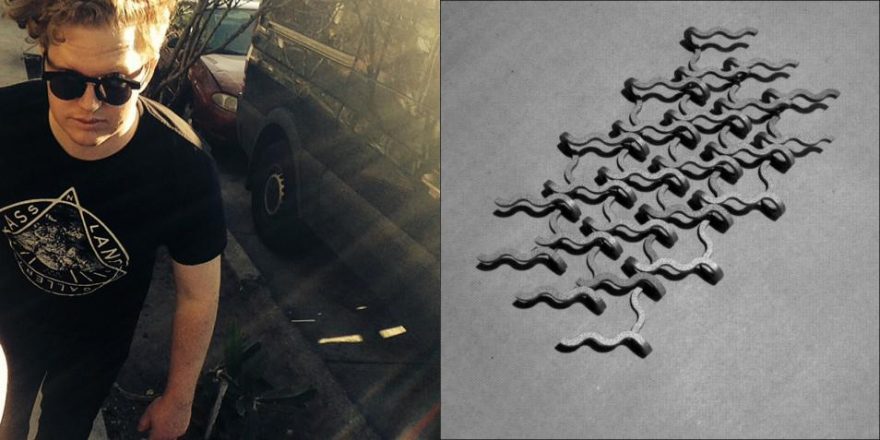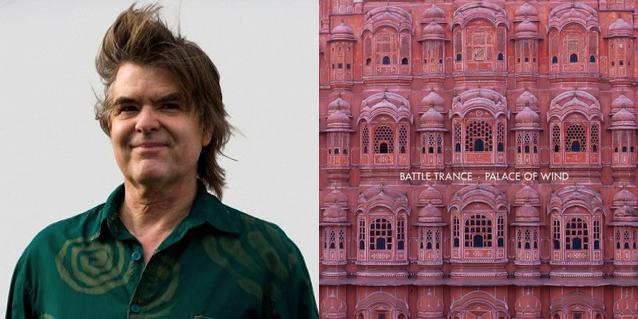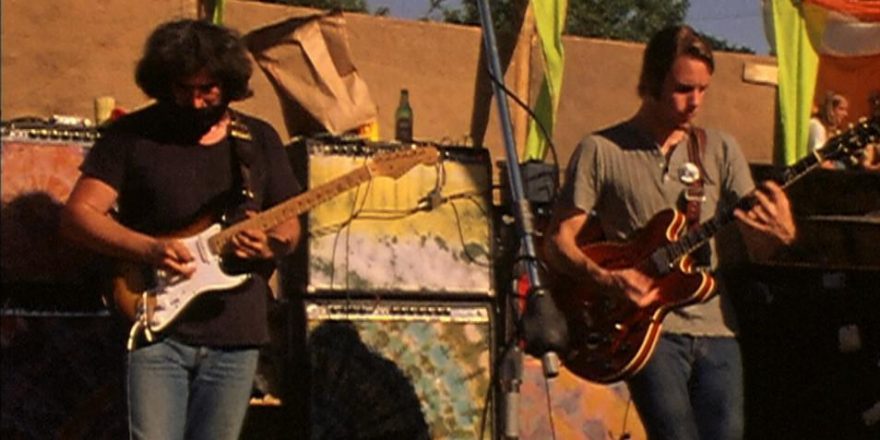“Above is the light, the elements, a kind of light, sufficient to see by, the living find their ways… halting, without halting, among the elements, the living.”
— Samuel Beckett, Stories and Texts for Nothing
Xe is the chemical symbol for the element xenon, which is used in the production of neon lights and as a general anesthetic. These two uses of xenon are hardly opposites or binaries, barely even related on the surface, but in the physical realm, as in the sonic molecules of Zs’ album Xe, they represent theoretical poles, extremes on their own unique spectrum. One is the flash, the light, an activating spark; the other a complete shutting-down, a numbing and subduing to the point of darkness. The three instrumentalists in Zs move along this spectrum: from individuals colliding to individuals subsumed as one — from events to evacuations. Zs constantly challenge the conventional dualities of ambient/rhythmic, composition/improvisation, melody/noise. It is the breaking of these dualities that actualizes this record at its very core — always shifting, on the edge of a turning, a moment of Beckett’s “halting, without halting.”
As xenon is obtained by the distillation of liquid air, Xe is created by the distillation of the many elements that make up Zs. Building from a supremely physical use of their instruments and electronics, Sam Hillmer (saxophone), Patrick Higgins (guitar) and Greg Fox (drums) distill their sounds and ideas into an elemental construction, a powerfully concentrated collectivity: Wood, Metal and Electricity becoming something more. When listening to Xe, I feel like the very oxygen, the air distilled on the recording, is at the mercy of their tripartite will.
I’m reminded of an interview Phil Lesh gave in a documentary called Anthem to Beauty, where he talks about the Grateful Dead striving to create a “thick air.” He describes, in a characteristic mix of joviality and mysticism, how hard the band tried to explain this concept to the engineers working with them, and how crucial it was to their vision. Rather than write this off as a psychedelic eccentricity, I’m inclined to read the Dead’s search for “thick air” as reflecting their desire to shape a world within a world, not simply to capture sounds and the silences between them, but to make something audible out of space itself. Though Zs’ approach is markedly different from that of the Dead, I believe they are in fact after something similar here in the “air” of Xe. Part of this has to do with Zs’ unique language of improvisation — which moves beyond its antecedents in noise and free improvisation and into its own kind of system.
In conversation with British experimental guitarist Derek Bailey, the eminent saxophonist Steve Lacy describes first encountering the music of iconic free jazz pianist Cecil Taylor and how he came to understand that music’s relationship to improvisation: “The results were as free as anything you could hear. But it was not done in a free way. It was built up very, very systematically, but with a new ear and new values.” I am deeply struck by Lacy’s reading, by his keen ability to see through the ostensible or easily perceived chaos to the system that is working and driving the music. This creation of systemization within improvisation ties together divergent improvisor/composers, not sonically but conceptually. Similarly, Zs are creating structures and new ways to improvise in a group dynamic that subvert, or simply do away with, the conventional hierarchies that most genre-based improvisation is built upon. Over the course of Xe it becomes increasingly hard to tell what is improvised and what isn’t, and to what extent improvisation is woven into composition: Zs’ breaking of that conventional binary of composition/improvisation creates the space for a new system.
Part of this system is also the result of all three members’ engagement with electronics. Hillmer is almost constantly processing his sax through delays and pitch-shifting effects, his effected signal often passing across the stereo field. Higgins has a similar taste for whammy-like modulations and also the whole spectrum of fuzzy guitar tones, from thick and crunchy to sinewy and synthesized. Throughout the record, Fox periodically leaves the drums to utilize what I can only imagine is a nest of samplers and effects to create dense walls of unhinged and yet highly controlled noise, static and echoing metallic sounds.
In Noise, his revelatory book about noise and its relationship to power, economics and ritual, cultural theorist Jacques Attali writes, “In representation, a work is generally heard only once — it is a unique moment; in repetition, potential hearings are stockpiled.” This simple formulation of how repetition can function speaks volumes about how Xe works on a micro and macro level, and how the record feels as the listener makes sense of the landscape that Zs is charting. There are certain bands, such as Swans or Earth, that use repetition as brute force, the hammer, whereas Zs uses it more like a fine tool, the razor — no less powerful but categorically different in its deployment and effects. The system of repetition that this trio utilizes doesn’t create stasis, doesn’t create the mind-numbing-to-mind-blowing of a band like Swans, and it doesn’t merely create a basic tension either. Instead, it builds. As Attali says, it is “stockpiled.” The repetition, especially on more rhythm-oriented tracks like “Corps” and “Xe,” creates a simultaneous stacking and building of multiple hearings: the music, its cells both musical and physical, begins to accumulate. And so music, which happens on the linear axis of time, becomes something that actually accumulates mass, as riffs, phrases and rhythms multiply upon themselves. In “Corps,” subtle shifts in the duration and decay of the notes of Higgins’ riffs, in the density of Fox’s rhythms, and in the oscillations between staccato and legato in Hillmer’s lines don’t give the sense there is a shifting “leader” or “soloist” in the trio; they remain present even as they disappear — they are stockpiled.
In describing the beginning of Xe, Hillmer said something that has stuck in my head as I listened and re-listened to the album: “The record starts with an explosion of caustic guitar noise and blazing drums and is then followed by a seven-minute desert of noise, [and then] finally, 10 to 12 minutes in, you get a pulse.” In this formulation of noise-as-desert, the “pulse” becomes an implied oasis, or, in some cases, a mirage. The pulse does create relief, a sense of arrival — theoretically, a respite from the arid swathes of crashing and hissing noise that precede it. However, this is no minimal techno-style “drop,” and this record doesn’t function in a system that allows for that kind of immediate gratification or basic manifestation of tension and release. In fact, even as Zs return to a central theme that breaks the pulse several times over the course of “Corps,” these moments begin to feel less like moments of respite and more like strange dreams, arriving quickly and unpredictably — a flash of memory, the mirage. For example, even when Fox periodically returns to what should be familiar territory, a bouncing, nearly post-punk beat, he subverts these expectations by allowing the rhythm to disintegrate, creating the sensation of a half-remembered dream, the mirage of rhythm itself. Similarly, as Hillmer’s sax and Higgins’ guitar filter through short, rippling delays, these sounds begin to merge, the subtle electronic processing creating its own mirage effect.
Zs traverse this desert of noise throughout the entire album. And in experiencing this music that is so physical, I see the trio journeying across the sand, a mystical static, three travelers moving in an arid delirium towards a shared vision — a vision of what is there and what may not be there at all.








